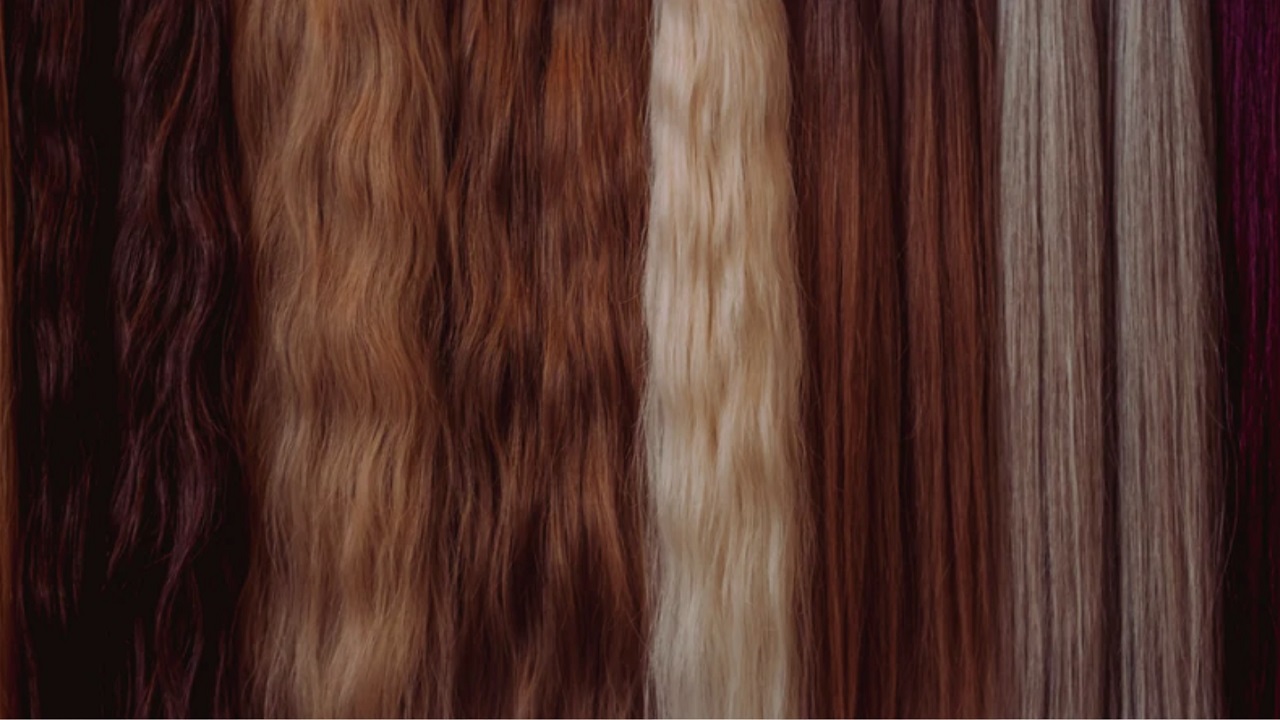Wigs have become an important fashion accessory that allows individuals to alter their hair look, gain more volume, and wear longer hair without any problem. It is important to have some background on the production of these extensions so that one can appreciate the quality of the product. This article explores the general process of manufacturing human hair extensions in a detailed manner.
Hair Collection
The process of developing human hair extensions starts with hair collection. The hair is normally obtained from different parts of the world, with common origins being India, China, and Brazil. Hair is collected in two primary ways: from temples where individuals offer hair for religious purposes and from those women who sell their hair to get paid. It is important to understand that the quality of hair collected determines the grade of the final product.
Sorting and Cleaning
Hair is classified according to its length, color, and the type of hair it belongs to. This helps in ensuring that there is some degree of standardization in the final extensions. After sorting, the hair undergoes a washing process to ensure it is free from dirt, oil, or lice. This is important to avoid contamination and any form of compromise in the hygiene and safety of the hair.
Wefting or Bonding
After washing the hair, the hair is in a position to be wafted or bundled. Wefting refers to the process of joining the strands of hair to create a track or a weft. This can be done manually, or by using a machine. Hand-tied wefts take longer time and are more costly than machine wefts but they give a natural appearance and feel. However, hair can be bundled neatly and styled for other forms of extensions such as clip-in or keratin bond extensions.
Coloring and Texturizing
Due to this, hair extensions are colored and texturized to meet the numerous consumer preferences in the market. The hair is then dyed to blend with different color ranges, the natural black, brown, and artificial colors such as blonde and red. Chemical treatments for instance curling or straightening are used to attain different hair textures such as wavy, curly, or straight ones for the extensions. Quality extensions are handled carefully so as not to cause harm to the hair, which may result in damage.
Quality Control
Since quality control aids in establishing and upholding the necessary standard of product quality, it is a crucial component of production. Each lot of hair extensions is examined to make sure the extensions are sturdy and have nice color and texture. The hair is then thoroughly checked and any substandard hair is discarded to make sure that the best hair is provided to the consumer. This step ensures the extensions are long-lasting, do not tangle, and shed to the minimum.
Packaging
The last operation that is carried out in the manufacturing process is packaging. The extensions are bundled to minimize contact with each other and other items during shipment. Labeling also plays an important role in packaging and labeling with information about the type of hair, length, color, and how to take care of the hair.
Conclusion
The process of producing human hair extensions is complex, and it demands a lot of work and precision. From the collection of the hair to the packaging, each process ensures that the final product is of high quality, catering to the various consumer needs and requirements. This shows the amount of work that goes into making hair extensions and is essential information for anyone who is planning to purchase hair extensions.

Stan
Stan is a lifestyle blogger and freelance writer. He loves exploring new places, trying out different cuisines, and writing about his experiences. He's also a fitness enthusiast and enjoys practicing yoga and weightlifting.